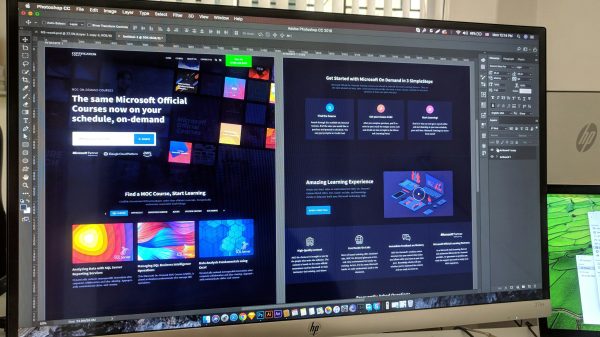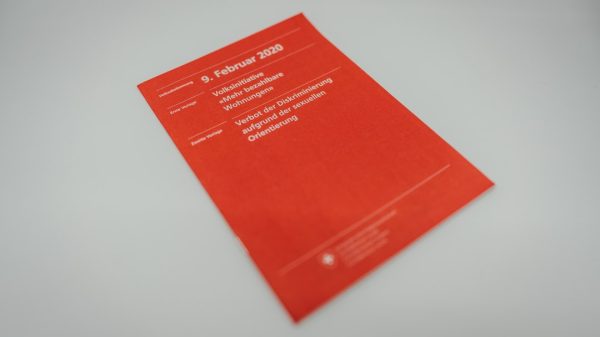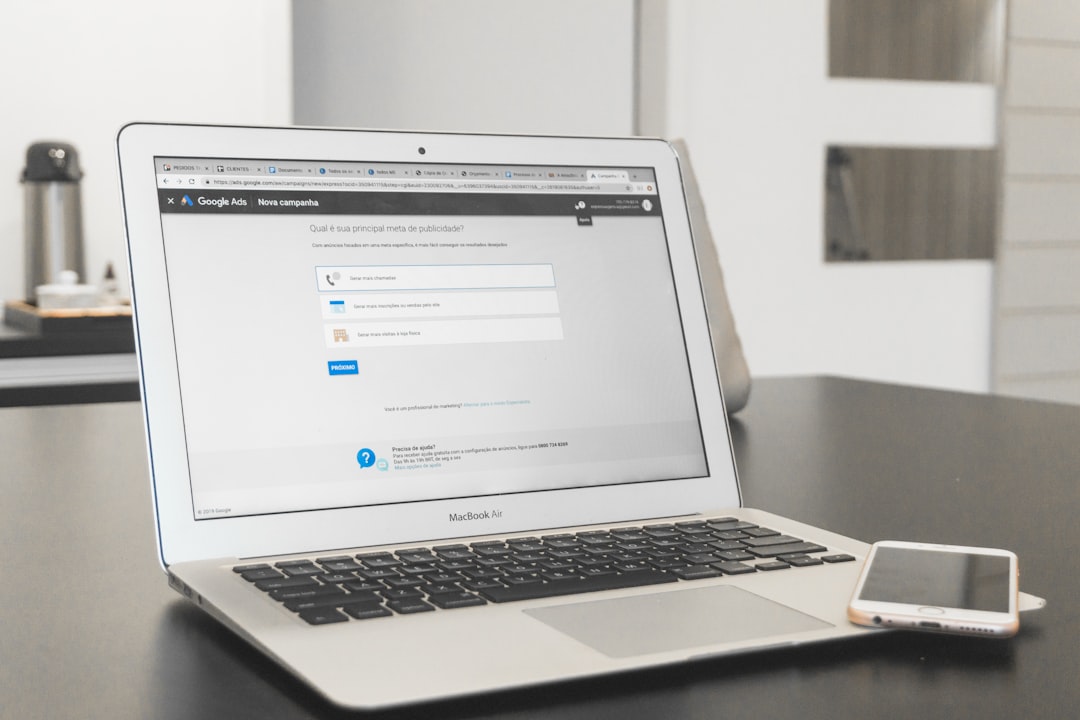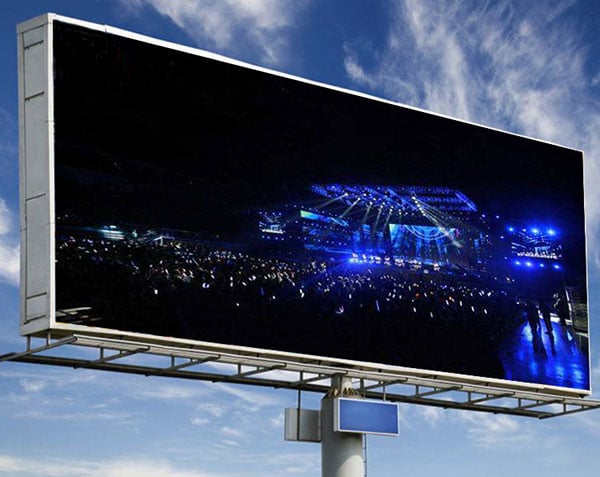In the digital age, user experience is pivotal. One of the most subtle yet profound ways to improve that experience is through the personalization of success messages. When a user completes a transaction, signs up for a service, or submits a form, the confirmation or success message they receive can be transformed from a generic blip into a memorable moment. This transformation is powered by success message personalization — an essential element to boost engagement, emotional connection, and trust.
Why Personalization Matters
Modern consumers are bombarded with impersonal communication. As a result, expectations have shifted: users now crave and expect tailored experiences. Personalization has been proven to improve conversion rates, increase customer satisfaction, and foster long-term relationships.
When users see their name in a confirmation, along with relevant next steps and personalized links, they don’t just acknowledge the gesture — they engage with the outcome. Thoughtfully crafted messages tick the boxes of both user expectation and business efficacy.
Core Elements of a Personalized Success Message
A truly effective success message is more than a thank-you note. It must contain specific elements that guide the user forward. These elements include:
- The user’s name – Offers warmth and validates the action.
- Clear next steps – Helps users know what to do or expect.
- Relevant links or resources – Directs users to continue engaging with your brand or services.
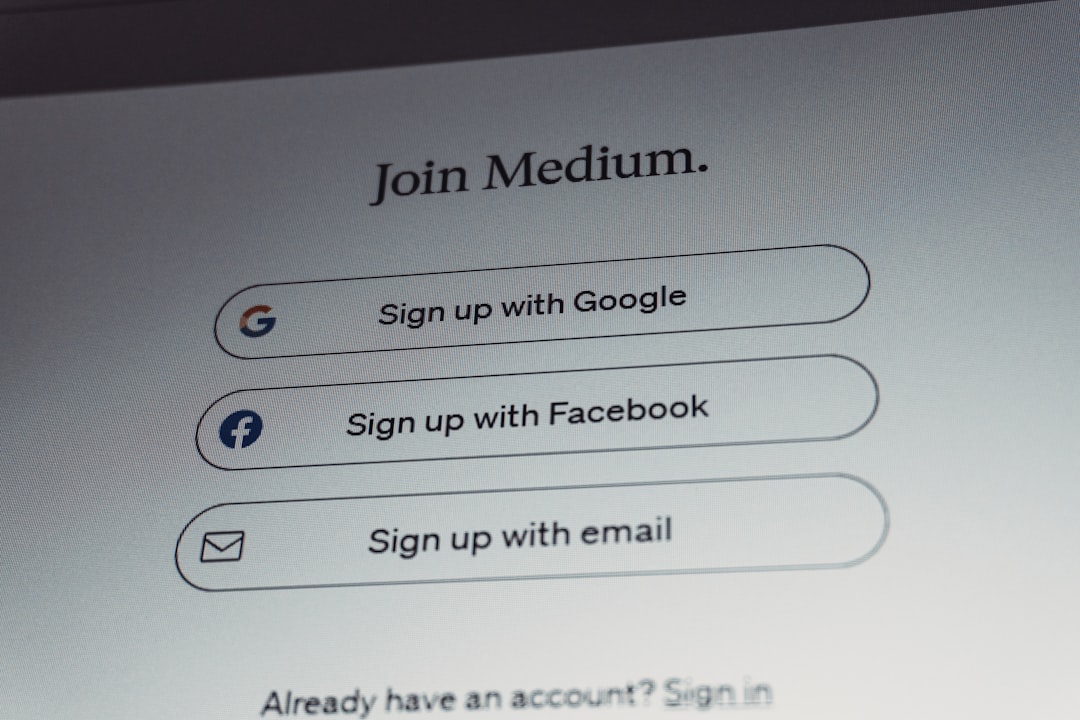
1. Using the User’s Name
Names have psychological power. Including the user’s name in success messages can incrementally boost engagement by making people feel acknowledged. Instead of displaying a generic response such as:
“Thank you for signing up!”
you could say,
“Thank you for signing up, Alex! We’re glad you’re here.”
That small addition can make a big difference in how the interaction is perceived. Make sure the data you pull for personalization is accurate and stored securely to maintain trust.
2. Presenting Tailored Next Steps
Leaving users in a state of uncertainty after a form completion or checkout is a missed opportunity. You should never expect users to figure out the next move on their own. Provide clear, contextual instructions based on the action they just completed. For example:
- If a user signed up for a newsletter: “Check your inbox to confirm your subscription.”
- If a purchase was made: “A confirmation email has been sent. Your order is being processed and will ship within 2 business days.”
- If a profile was updated: “Your changes have been saved. Next, complete your preferences to tailor your experience.”
Empowering users with clarity eliminates confusion and keeps them engaged with the journey.
3. Embedding Personalized Links
Strategically placed links within success messages serve as transitions to additional experiences. These could include:
- Accessing a dashboard.
- Booking a follow-up appointment.
- Downloading an important document or app.
- Viewing personalized recommendations or products.
The key is relevance. Random or inaccurately generated links erode trust. Hyperlinks should be dynamic and presented with clear language. For instance:
“[View your dashboard now](https://example.com/dashboard?userID=12345)”
This balance of personalization and guidance supports both user autonomy and business goals.
Technical Implementation Tips
Creating effective success message personalization requires thoughtful planning and technical precision. Here’s how developers and marketers can ensure a seamless setup:
1. Collect Quality User Data
Data accuracy is critical. Ensure that user input is validated and stored securely. Recommend using tokens or session data where appropriate to dynamically render names and links in-line with regulations such as GDPR or CCPA.
2. Use Conditional Logic
Not every user interaction is the same. Using conditional logic enables you to show different next steps or links based on user roles, preferences, or journey stage. This provides a more granular and personal experience.
3. Create a Message Template System
Create consistent HTML or design templates that allow dynamic fields to be populated through variables, such as:
Hello {{user.name}}, your order #{{order.id}} has been processed!
This helps maintain brand consistency while enabling personalization across touchpoints.

4. A/B Test and Optimize
Experiment with different combinations of personalization — name use, follow-up actions, CTA link placements — to determine which formulations lead to higher engagement or conversions. Don’t rely on assumptions alone; use data to guide your iterations.
Best Practices for Success Message Personalization
As you integrate personalized success messages into your digital experience, adhere to the following best practices:
- Keep it short and clear: Long messages overwhelm users. Clarity beats complexity.
- Be relevant, not creepy: Avoid over-personalizing or exposing too much user data in messages.
- Maintain brand voice: The tone should match your overall communication style.
- Ensure accessibility: Use semantic HTML and screen reader-friendly text for all users.
Real-World Examples
Many leading technology and e-commerce companies already leverage success message personalization effectively. Here are a few examples that stand out:
- Amazon: After purchase, customers are shown order details and tracking links with their name and delivery expectations.
- Duolingo: When users complete a lesson, messages like “Great job, Sarah!” are followed by a link to the next lesson or a motivational badge.
- LinkedIn: When someone updates their profile, LinkedIn offers congrats messages using the name and guides the user to complete their profile or share the update.
Risks and Considerations
While personalized success messaging offers tremendous upside, it also comes with certain risks:
- Misuse of names: Incorrectly spelled or misfired names damage credibility.
- Broken or irrelevant links: Nothing frustrates users more than clicking a button that leads nowhere.
- Privacy violations: Exposing confidential information, even unintentionally, could lead to compliance failures and loss of trust.
To mitigate risks, test frequently, sanitize inputs, and implement quality assurance workflows before pushing messages live.
The Business Case for Getting It Right
Personalization isn’t just good UX; it’s good business. According to a McKinsey study, brands that personalize digitally may capture five to eight times the return on marketing spend. Consider that a simple, personalized thank-you message after a CTA can influence customer return rates, satisfaction scores, engagement metrics, and ultimately revenue.
Moreover, personalized messages are more likely to be remembered, appreciated, and shared — whether it’s on social media, product reviews, or by word-of-mouth.
Conclusion
Success message personalization might seem like a minor detail in a complex UX ecosystem — but it is a detail that wields outsized influence. By incorporating the user’s name, suggesting relevant next steps, and embedding contextual links, you’re not just improving communication. You’re nurturing a digital relationship based on attentiveness and trust.
In today’s competitive digital landscape, the brands that win are those that make users feel seen, understood, and supported — starting with a simple, personalized success message.





